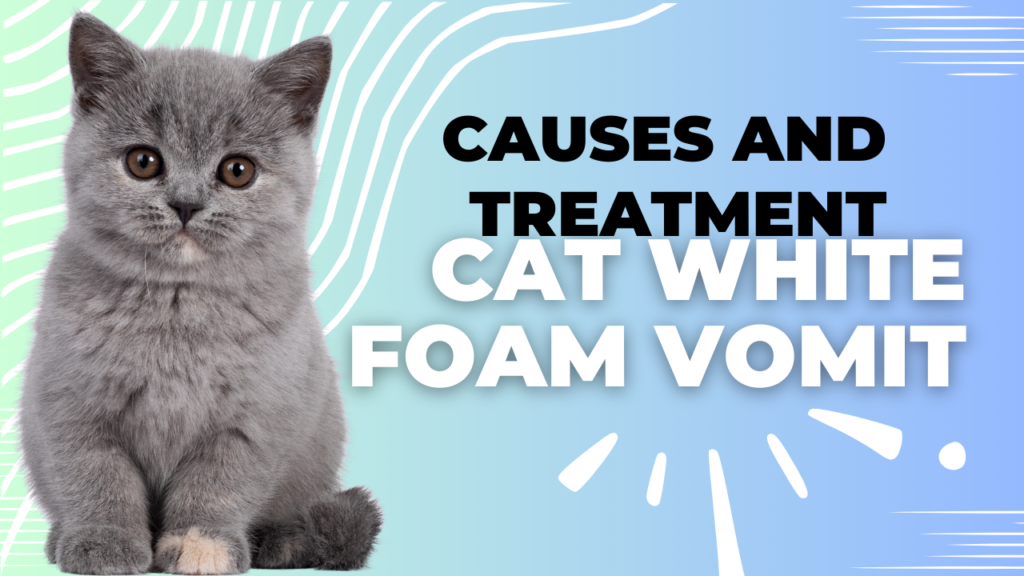Welcome to the purr-fect guide for cat owners who are grappling with one of the more puzzling aspects of feline health: why does my cat throw up white foam? It’s a common question that can cause both new and seasoned cat parents a fair bit of concern.
Whether you’re a first-time cat owner or a seasoned pro, understanding the reasons behind this mysterious cat white foam vomit is crucial.
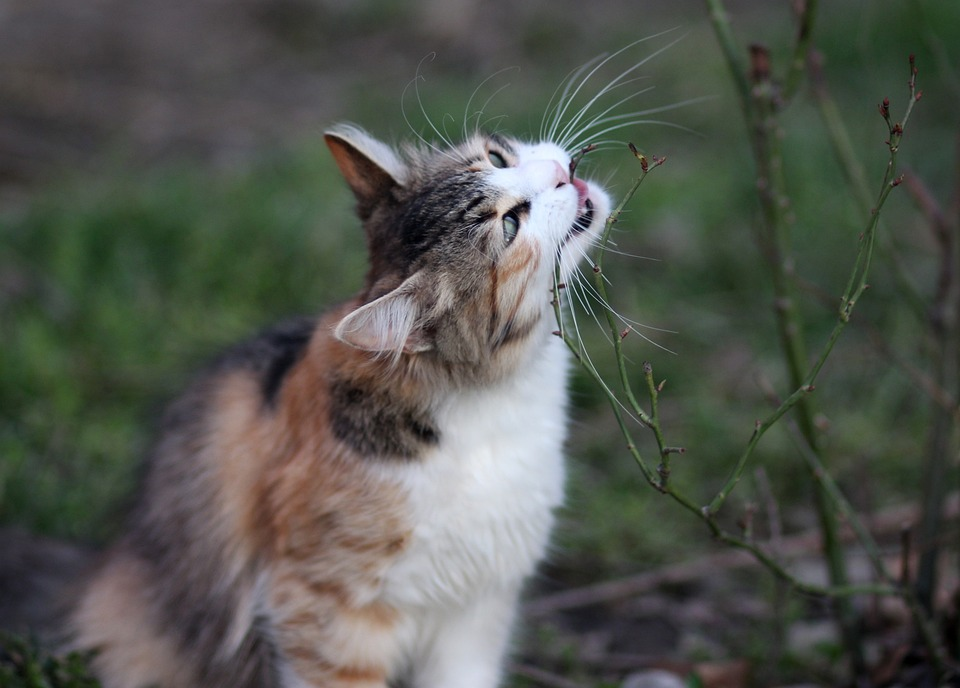
Table of Contents
What Does Cat White Foam Vomit Indicate?
Vomiting white foam is a common symptom in cats that can indicate a variety of conditions. Understanding the potential causes can help you better care for your feline friend. Here are some common reasons why cats may vomit white foam:
Empty Stomach: Your cat throwing up white foam may be a sign that your cat’s stomach is empty. The foam is usually a mixture of air and stomach fluids.
Hairballs: Cats groom themselves regularly, which can lead to the accumulation of hair in the stomach. Sometimes, this can cause irritation and result in vomiting foam.
Dietary Indiscretion: Eating something they shouldn’t, like garbage or toxic plants, can lead to throwing up white foam. Probiotics may help keep your cat’s tummy healthy.
Issues in the Gastrointestinal Tract: Conditions like food allergies, intestinal blockage due to a foreign body, or inflammatory bowel disease can cause a cat to vomit foam.
Age: Older cats might also be more vulnerable to stomach problems, making good food for senior cats a priority.
Infections: Bacterial or viral infections or intestinal parasites, can lead to your cat throwing up.
Illness: Liver disease, irritable bowel syndrome and other illnesses could lead to your cat throwing up white foam.
Toxins or Poisons: Ingesting toxins or poisons can cause severe reactions, including vomiting foam.
Stress or Anxiety: Cats are sensitive to changes in their environment, and stress can manifest physically, sometimes in the form of vomiting.
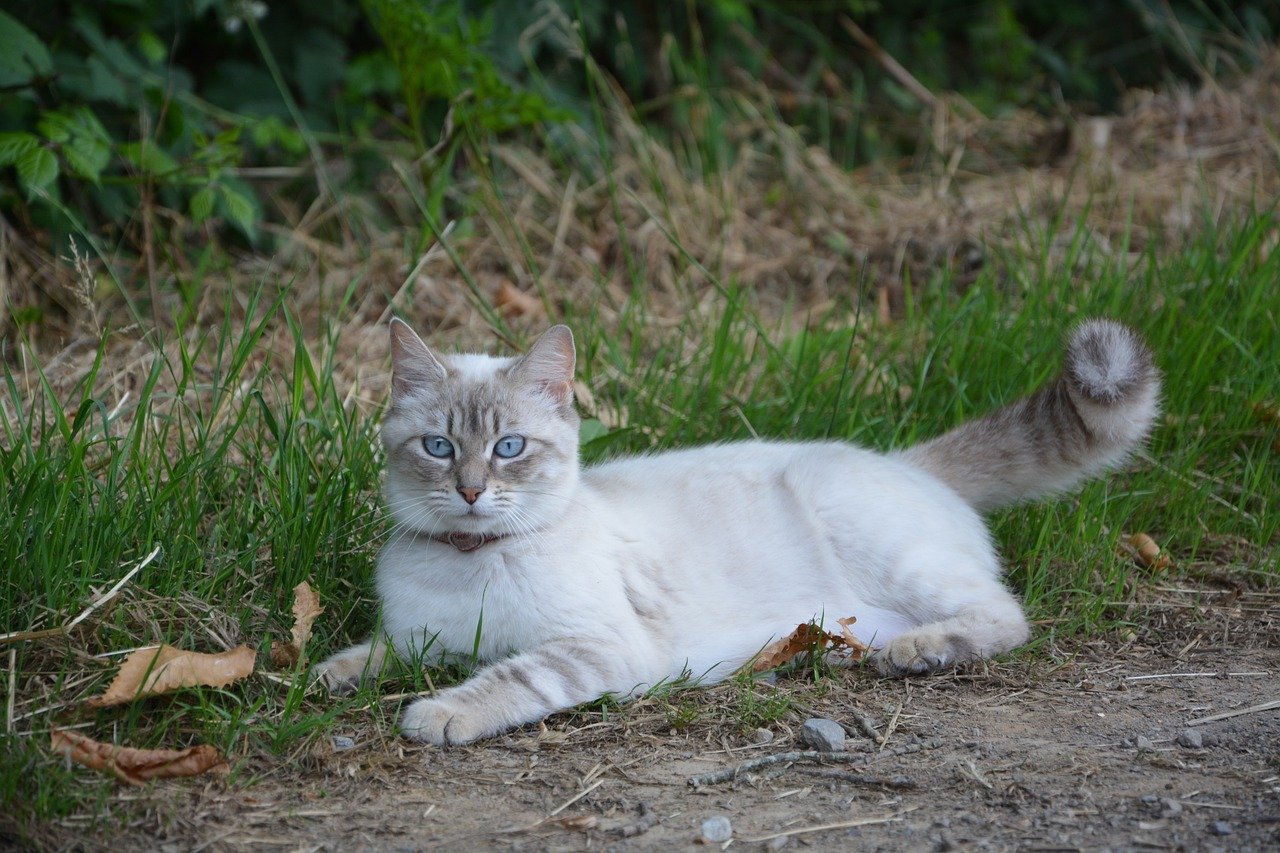
When to Worry About Your Cat Vomiting White Foam
While occasional vomiting of white foam might not be a cause for immediate concern, there are certain circumstances when you should be more worried and consider seeking veterinary attention. Pay attention to the following signs:
Frequency and Duration: If your cat’s vomiting repeatedly or has chronic vomiting (where the vomiting persists over a period of time) it’s a sign that something more serious may be going on.
Accompanying Symptoms: Be alert for symptoms like lethargy, diarrhea, loss of appetite, or changes in water consumption. These could indicate a more serious underlying condition.
Changes in Behavior: If your cat seems less active, hides more, or shows signs of pain (like meowing more than usual), it’s a cause for concern.
Blood in Vomit: This is an alarming sign and requires immediate veterinary attention.
Dehydration: If your cat is not drinking water or shows signs of dehydration (like dry gums or skin that doesn’t snap back when pinched), it’s crucial to get veterinary help.
History of Health Issues: If your cat has a history of medical conditions, vomiting white foam could be related to their existing health issues.
Remember, it’s always better to be safe and consult with your veterinarian if you’re concerned about your cat’s health. They can provide the best advice and treatment options for your pet’s specific situation.
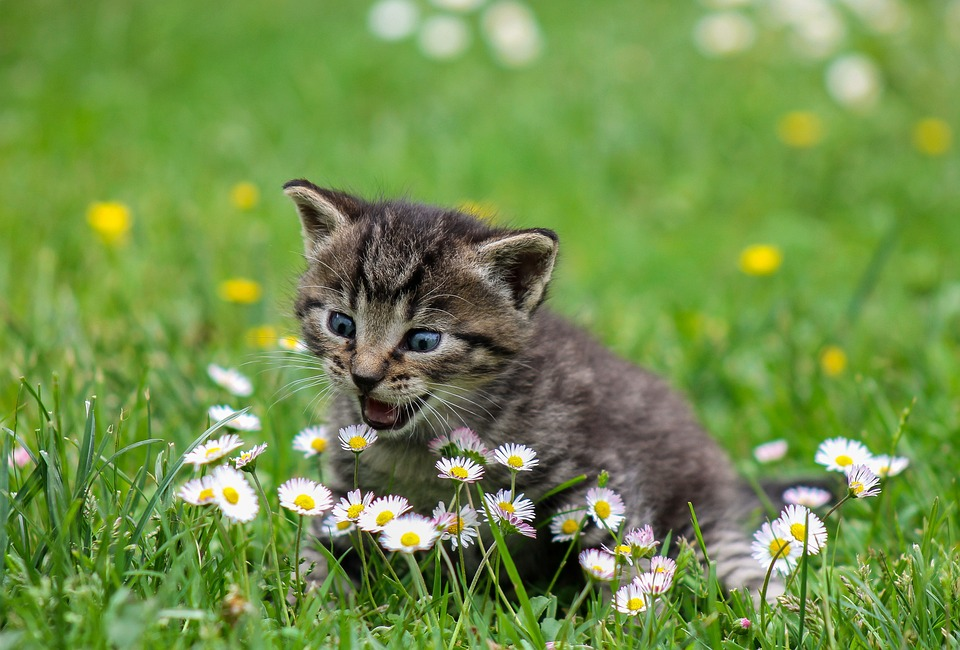
The Right Time to Call Your Vet
Determining the right time to call your veterinarian can be crucial for your cat’s health. Here are some key indicators that it’s time to seek professional advice:
Repeated Vomiting: If your cat vomits multiple times in a single day or continues to vomit intermittently over several days, it’s a clear sign that a vet visit is necessary.
Vomiting Accompanied by Other Symptoms: Symptoms like diarrhea, lethargy, a significant decrease in appetite, or changes in water consumption alongside vomiting are red flags.
Presence of Blood: Blood in the vomit is a serious symptom that should never be ignored, as it can indicate internal bleeding in your cat’s abdomen or severe gastrointestinal issues.
Known Ingestion of a Toxic Substance: If you know or suspect your cat has ingested something toxic, such as household chemicals, plants, or human food that is harmful to cats, contact your vet immediately.
Behavioral Changes: Unusual behaviors such as increased hiding, decreased interaction, or signs of pain (like meowing more than usual) can indicate that the issue is more serious.
Dehydration Signs: If your cat shows signs of dehydration (e.g., dry gums, skin elasticity loss), immediate veterinary care is necessary.
History of Health Problems: Cats with a history of medical issues, especially related to the digestive system, should be monitored closely and taken to the vet sooner.
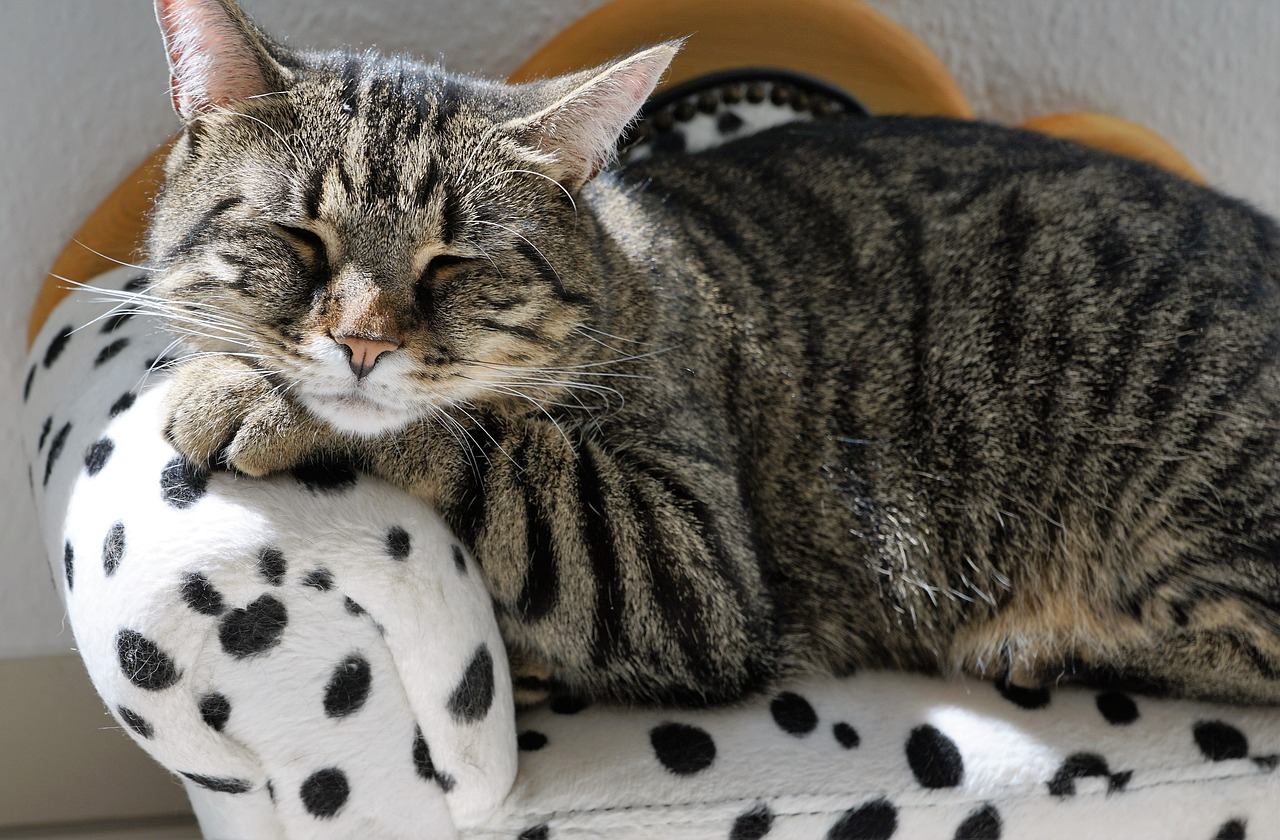
Home Remedies for Cat Vomiting
While home care is not a replacement for veterinary advice, there are some measures you can take to comfort your cat if they are experiencing mild vomiting:
Provide Fresh Water: Ensuring your cat has access to clean, fresh water is essential. Dehydration can be a serious risk with vomiting.
Rest and Quiet Space: Offer a calm, quiet environment for your cat to rest. Stress can exacerbate health issues, so a peaceful space is important.
Keep a Clean Home: Cats throwing up can make a real mess, and it might induce further vomiting.
Fasting: Sometimes, a short period of fasting (12-24 hours) can help a cat’s upset stomach, but only do this if recommended by a vet.
Bland Diet: After fasting and with your vet’s approval, introduce a bland diet, such as boiled chicken or rice, in small amounts to see if your cat can keep it down.
Limit Food Portions: Give small, easily digestible but healthy meals rather than large meals, as it can be easier on their stomach.
Avoid Sudden Diet Changes: Sudden changes in diet can upset your cat’s stomach. Any dietary changes should be gradual and under a vet’s guidance.
Groom Regularly: Regular grooming can help reduce the amount of hair your cat ingests, thus minimizing the risk of hairball-induced vomiting.
Remove Stressors: Identify and eliminate potential stressors in your cat’s environment, as stress can contribute to gastrointestinal issues.
Over-the-Counter Medications: If you’ve already consulted a vet, medication might be the way to go.
Prevent Vomiting: Giving your cat a healthy diet could help keep their stomach in more robust shape.
Always remember that these home remedies are for mild cases of vomiting and should never replace professional veterinary care, especially if your cat exhibits signs of serious illness or if the vomiting persists.
Collaborating with Your Veterinarian For When Your Cat Vomits
Effective collaboration with your veterinarian is key to managing and resolving your cat’s vomiting issues. By collaborating closely with your veterinarian, you can ensure your cat receives the best possible care tailored to their unique needs. Here’s how you can work effectively with your vet:
Detailed History: Provide a comprehensive history of your cat’s health, diet, behavior changes, and any potential exposure to harmful substances. This information can be crucial in diagnosing the cause of vomiting.
Follow-Up Visits: Adhere to any recommended follow-up visits. These appointments allow your vet to monitor your cat’s progress through diagnostic testing and blood tests.
Medication Adherence: If your vet prescribes medication, ensure you administer the veterinary medicine exactly as directed. Incorrect dosing can hinder recovery and may lead to complications.
Dietary Adjustments: Work closely with your vet to implement any dietary changes. They can recommend specific foods that are easier to digest or that address underlying health issues.
Open Communication: Maintain open lines of communication with your vet. If you notice any changes in your cat’s condition or behavior, promptly inform them.
Trust Their Expertise: Your veterinarian is trained to understand the complexities of feline health. Trusting their expertise and advice is crucial for the effective treatment and recovery of your cat.
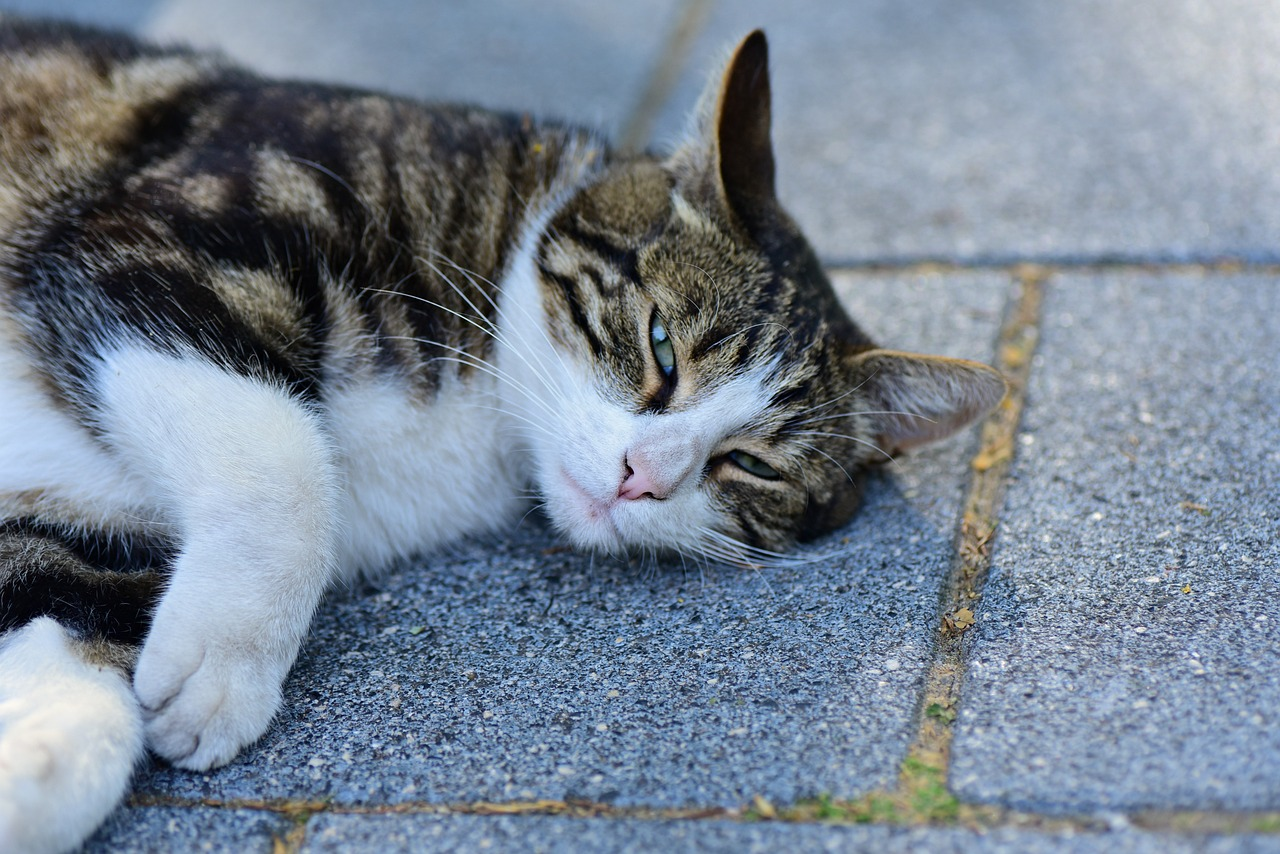
Caring For A Cat Throwing Up White Foam
In the journey of cat ownership, facing challenges like your cat throwing up white foam can be distressing, but armed with the right knowledge, you can navigate these rough waters with confidence. Remember, while some instances of vomiting are harmless, it’s always better to err on the side of caution. After all, our feline friends rely on us to interpret their needs and keep them healthy!
FAQ Section
Is throwing up white foam always a sign of illness in cats? Not always, but it should not be ignored, especially if it’s frequent or accompanied by other symptoms.
Can changes in diet help with vomiting? Yes, sometimes dietary adjustments can help, but consult your vet before making any changes.
How can I prevent my cat from vomiting? Regular vet check-ups, a balanced diet, and keeping harmful substances out of reach can help.
Are certain breeds more prone to vomiting? Some breeds may have a higher predisposition, but vomiting can occur in any cat.
When is vomiting an emergency? If accompanied by symptoms like blood, severe lethargy, or if it’s persistent, seek immediate veterinary care.

